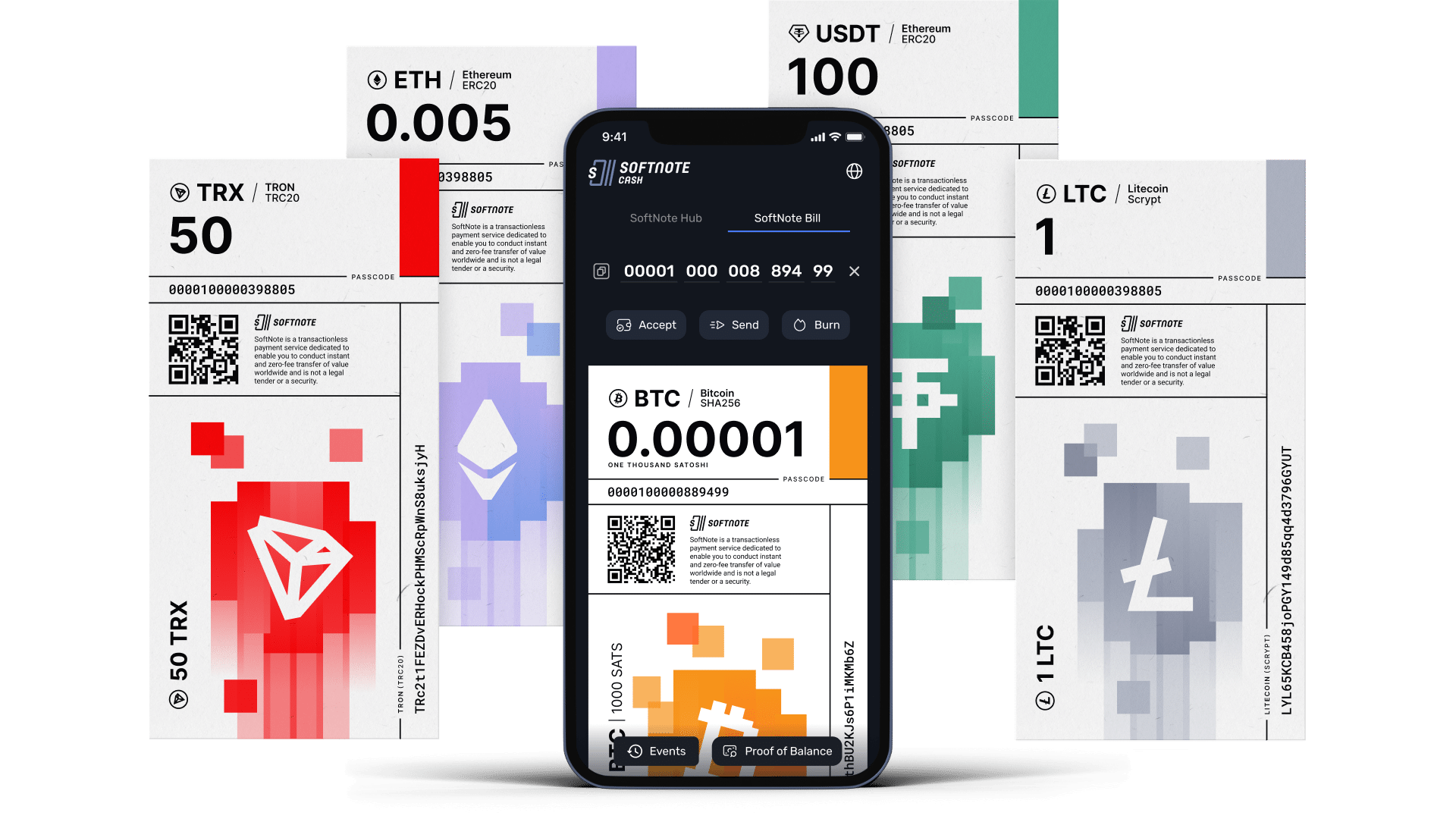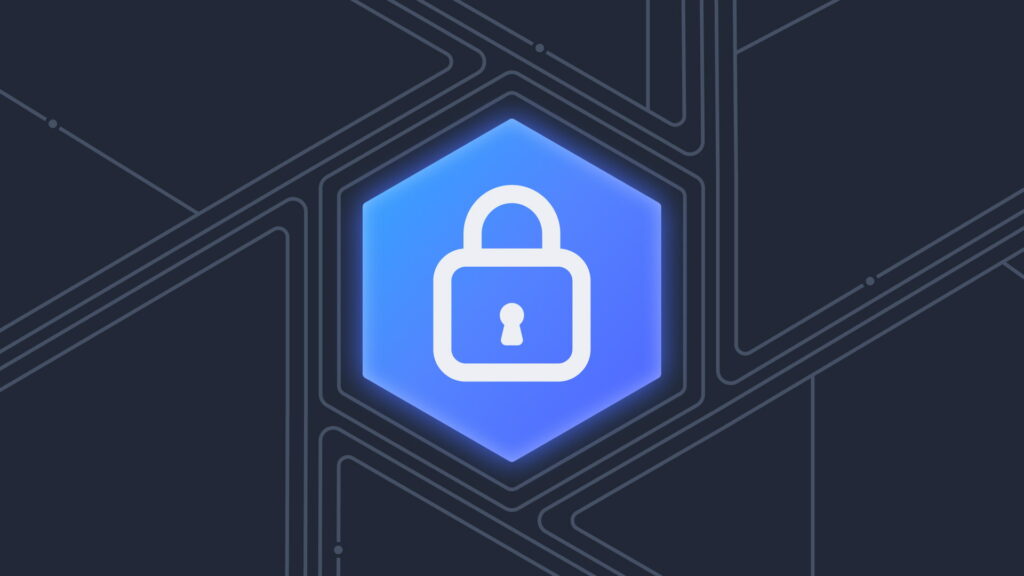This article delves into the importance of blockchain security, its key components, potential vulnerabilities, and more.
What is Blockchain Security, and Why is it Important in the Context of Cryptocurrencies?
Blockchain security is a complete risk management system for blockchain networks, incorporating assurance services, cybersecurity frameworks, and best practices to mitigate the risks of fraud and cyber-attacks. It is crucial in the context of cryptocurrencies because it ensures the integrity and immutability of transactional data, making it nearly impossible to tamper with.
Blockchain technology’s data structures have inherent security qualities because they are based on consensus, cryptography, and decentralization principles. Each new block of information connects to all the previous blocks in a way that it’s nearly impossible to tamper with. In addition, all transactions in a block get validated and agreed on by a consensus mechanism (authorized users), guaranteeing that each transaction is true and accurate.
For instance, consider SoftNote, a transactionless payment solution built on blockchain technology – It is powered by Tectum’s Blockchain, T12-20 token standard, and Bitcoin overlay network. SoftNote leverages the inherent security qualities of blockchain to offer a unique, secure, and efficient method of transaction.
SoftNote enables anonymous, low-fee, fast on-chain transfers for Bitcoin’s scalability and adds another layer of security to the system.

Key Components of Blockchain Security Architecture
The architecture of blockchain security comprises several key components. These include the governance model, the type of data captured, regulatory requirements, identity management, disaster recovery plan, security posture, and the logic for resolving blockchain block collisions.
- Governance Model: This determines the rules for participating organizations or members.
- Data Captured: The type of data that will be captured in each block.
- Regulatory Requirements: The relevant regulatory requirements and how they can be met.
- Identity Management: The details of identity management, including block payloads encryption and key management.
- Disaster Recovery Plan: The plan for blockchain participants in case of a disaster.
- Security Posture: The minimal security posture for blockchain clients for participation.
- Blockchain Block Collisions: The logic for resolving blockchain block collisions.
Types of Blockchain
Blockchain technology can be classified into three types: private blockchains, public blockchains, and consortium blockchains. Each type has unique security challenges and operates differently, offering various levels of control and transparency.
- Private Blockchains: These require an invitation and users must be validated by the network’s central administrator or a rule set put in place by the network’s administrator.
- Public Blockchains: These focus on participation and transparency. Anyone can participate in validating network transactions, and the software code is open-source and available to the public.
- Consortium Blockchains: These consist of known participants preapproved by a central authority to participate in the consensus within a blockchain network.
Potential Vulnerabilities in Blockchain Systems
Despite its inherent security features, blockchain is not immune to cyber threats. Some of the potential vulnerabilities in blockchain systems include routing attacks, 51% attacks, Sybil attacks, and phishing attacks. These threats exploit weaknesses in the blockchain network to manipulate data or gain unauthorized access.
- Routing Attacks: Hackers can intercept the data on its way to ISPs (Internet Service Providers).
- 51% Attacks: Unethical miners can seize control over a ledger if they can bring together enough resources to acquire more than 50% of a blockchain network’s mining power.
- Sybil Attacks: These attacks flood the target network with an overwhelming amount of false identities, crashing the system.
- Phishing Attacks: Cyber-criminals send false but convincing-looking emails to wallet owners, asking for their credentials.
Blockchain Security Jobs and Salaries
With the increasing popularity of blockchain technology, jobs are on the rise. These jobs range from blockchain security analysts/auditors to blockchain security architects. In terms of remuneration, blockchain developers in the United States earn an annual average of USD 107,112. In India, they can make a yearly average salary of ₹807,760.
Blockchain Security Certification and Resources
For those interested in pursuing a career in blockchain security, there are several certifications available. These certifications provide comprehensive knowledge about blockchain technology, its security aspects, and how to implement and manage it effectively. Additionally, numerous resources, such as PDFs, are available online that provide in-depth knowledge about the subject.
By understanding the intricacies, you can leverage this technology effectively and securely. Whether you’re a developer, a business owner, or just a tech enthusiast, this knowledge will be invaluable in the era of digital transactions and data management.
Frequently Asked Questions
1. How Does Blockchain Technology Ensure Data Integrity?
Blockchain technology ensures data integrity through its decentralized nature and the use of cryptographic techniques. Each block in a blockchain is linked to the previous block, creating a chain of blocks that is nearly impossible to alter. This ensures that once data is added to the blockchain, it cannot be changed.
2. What Cryptographic Techniques Secure Blockchain Transactions?
Blockchain uses cryptographic techniques such as hash functions and digital signatures to secure transactions and data. Hash functions ensure that each block in the blockchain is unique and tamper-proof, while digital signatures verify the authenticity of the transactions.
3. How are Private and Public Keys Used in Blockchain Security?
In blockchain, private keys and public keys are used to create a digital signature for each transaction. The private key is used to sign the transaction, while the public key is used to verify the signature. This ensures the authenticity and integrity of the transaction.
4. What are the Potential Vulnerabilities in Blockchain Systems?
Potential vulnerabilities in blockchain systems include routing attacks, 51% attacks, Sybil attacks, and phishing attacks. These attacks exploit weaknesses in the blockchain network to manipulate data or gain unauthorized access.
5. How does SoftNote ensure blockchain security?
SoftNote and TET employ several mechanisms to ensure blockchain security:
- Transactionless Payments: SoftNote operates as a transactionless payment solution. Instead of recording each transaction on the blockchain, SoftNotes carry their value. This approach reduces fraudulent transactions and makes it more challenging for hackers to manipulate the system.
- Underlying Blockchain: The Bitcoin blockchain, known for its high security, underpins SoftNotes. This foundation strengthens the security of SoftNote transactions.
- Unique Serial Numbers: The system assigns a unique serial number to each SoftNote bill and transfers the Bitcoin amount to a dedicated address. This process authenticates each SoftNote and complicates the creation of counterfeit SoftNotes.
- Liquidity Locking: The SoftNote platform and Tectum’s built-in Bitcoin node automatically assign and lock liquidity into a Softnote’s underlying Bitcoin address. This action secures the value of a SoftNote, reducing the risk of theft or fraud.
- Cryptographically Secure Pin Codes: SoftNote protects the ownership of SoftNotes with cryptographically secure pin codes. This security layer ensures that only the rightful owner of a SoftNote can access its value.
- Anonymity: SoftNote provides more anonymity than a traditional Bitcoin wallet as it prevents tracing Bitcoin transactions by public address. This feature safeguards the privacy of SoftNote users.
- Physical Format: Users can print SoftNotes in a paper format, enabling transactions without the need for an electronic device or internet connection. This capability can increase security in certain situations by reducing the risk of digital hacking or theft.










